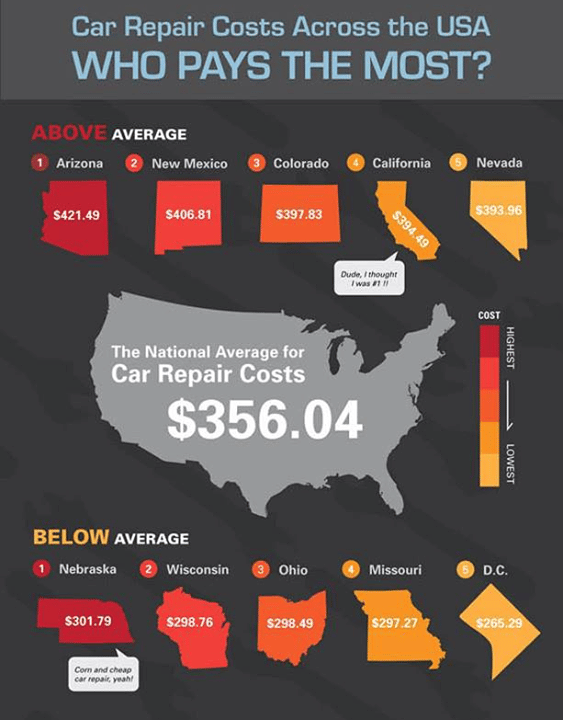Deciphering Your Car'S Warning Indicators: What They Really Represent
Deciphering Your Car'S Warning Indicators: What They Really Represent
Blog Article
Material By-Samuelsen Kejser
When you lag the wheel, those radiant caution lights on your dashboard can be a bit puzzling. Do you understand what they're trying to tell you regarding your cars and truck's wellness? Recognizing brighton auto detailing of these lights is important for your safety and security and the longevity of your car. So, the following time among those lights pops up, wouldn't you intend to understand its message properly and take the essential actions to address it?
Common Caution Lighting and Interpretations
Identify typical caution lights in your cars and truck and understand their meanings to ensure risk-free driving.
The most normal caution lights include the check engine light, which signifies concerns with the engine or emissions system. If this light begins, it's critical to have your lorry inspected immediately.
The oil pressure cautioning light suggests reduced oil pressure, needing immediate attention to avoid engine damages.
A flashing battery light might suggest a malfunctioning billing system, potentially leaving you stranded otherwise attended to.
The tire stress monitoring system (TPMS) light notifies you to reduced tire stress, impacting vehicle security and gas effectiveness. Ignoring this could bring about harmful driving problems.
The abdominal light indicates an issue with the anti-lock braking system, jeopardizing your capability to stop promptly in emergency situations.
Last but not least, the coolant temperature cautioning light warns of engine getting too hot, which can lead to severe damage if not solved swiftly.
Comprehending these typical caution lights will help you address concerns immediately and maintain safe driving problems.
Importance of Prompt Attention
Understanding the typical warning lights in your car is just the very first step; the significance of quickly addressing these cautions can not be highlighted sufficient to ensure your safety when driving.
When a caution light brightens on your dashboard, it's your auto's method of communicating a prospective concern that needs attention. Overlooking these warnings can result in more serious troubles later on, endangering your security and possibly costing you much more out of commission.
Trigger interest to alerting lights can avoid failures and crashes. As an example, a blinking check engine light could suggest a misfire that, if left unattended, could create damage to the catalytic converter. Resolving this quickly can conserve you from a pricey fixing.
Similarly, a brake system cautioning light may indicate reduced brake fluid or worn brake pads, essential components for your security when driving.
DIY Troubleshooting Tips
If you notice a caution light on your dashboard, there are a couple of do it yourself fixing ideas you can attempt before looking for specialist help.
The first step is to consult your cars and truck's manual to recognize what the details caution light indicates. In some cases the concern can be as straightforward as a loose gas cap setting off the check engine light. Tightening the gas cap may settle the problem.
One more usual issue is a reduced battery, which can trigger various warning lights. Inspecting the battery links for rust and guaranteeing they're safe and secure may fix the issue.
If a warning light persists, you can attempt resetting it by separating the vehicle's battery for a couple of minutes and after that reconnecting it. Furthermore, examining your automobile's fluid levels, such as oil, coolant, and brake liquid, can aid fix warning lights associated with these systems.
Read the Full Content
In conclusion, comprehending your automobile's warning lights is necessary for keeping your vehicle running efficiently and securely. By promptly dealing with these informs and understanding what they imply, you can avoid expensive repair work and potential break downs.
Bear in mind to consult your vehicle's guidebook for specific information on each alerting light and act accordingly to make sure a trouble-free driving experience.
Remain informed, stay risk-free on the road!
